Feature
-
 Psychology
PsychologyNudging people to make good choices can backfire
Steering people’s decisions with simple nudges, such as e-mail reminders or opt-out programs, can come with a downside.
By Bruce Bower -
 Tech
TechVirtual reality has a motion sickness problem
Virtual reality games and experiences can make some people sick, and women are more susceptible.
By Betsy Mason -
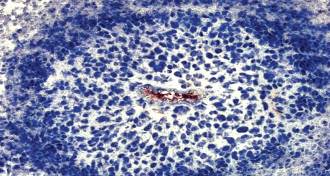 Health & Medicine
Health & MedicineInstead of starving a cancer, researchers go after its defenses
There may be ways to block tumors from adapting and outrunning the body’s defenses.
By Laura Beil -
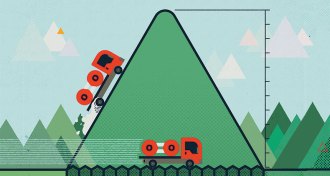 Chemistry
ChemistryNew, greener catalysts are built for speed
Researchers are designing catalysts to move chemical reactions without using precious metals, or at least using less of them.
-
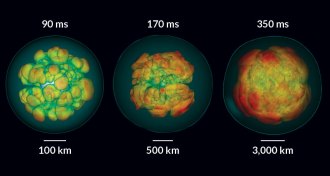 Astronomy
AstronomyWhen a nearby star goes supernova, scientists will be ready
Scientists hope to detect neutrinos and gravitational waves from a nearby supernova.
-
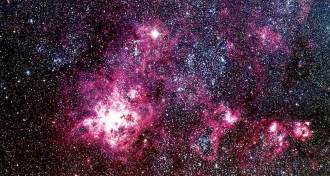 Astronomy
Astronomy30 years later, supernova 1987A is still sharing secrets
The 1987 explosion of a star near the Milky Way 30 years ago set off years of fascinating findings.
-
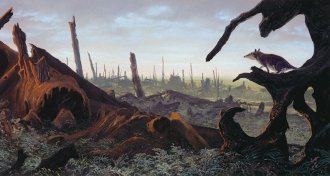 Paleontology
PaleontologyWith dinosaurs out of the way, mammals had a chance to thrive
The animals that lived through the great extinction event had a range of survival strategies to get them through.
By Meghan Rosen -
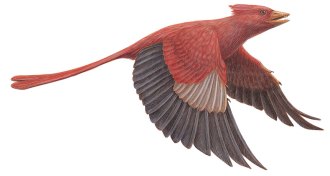 Life
LifeSome lucky birds escaped dino doomsday
Dino doomsday took out early birds too, but a lucky few survived.
By Susan Milius -
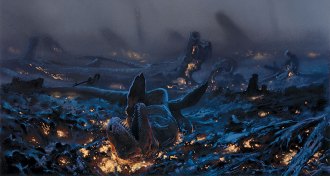 Earth
EarthDevastation detectives try to solve dinosaur disappearance
Dinosaurs and others faced massive losses 66 million years ago from an asteroid impact, volcanic eruptions or maybe a mix of the two.
-
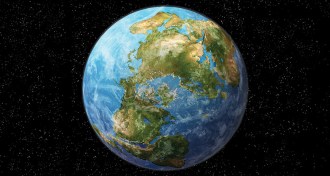 Earth
EarthEvidence falls into place for once and future supercontinents
Shifting landmasses have repeatedly reshaped Earth’s surface. Researchers piecing together the past are now picturing a new supercontinent, due in 250 million years.
-
 Chemistry
ChemistryBetter batteries charge forward
Next-generation batteries must hold more energy for longer periods at low cost. Several contenders may achieve some of these elusive goals.
By Susan Gaidos -
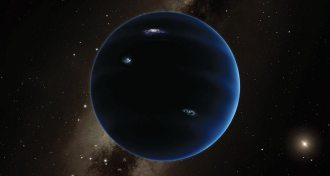 Astronomy
AstronomyThese 2016 stories could be really big — if they’re true
These findings would have rocked the scientific world, if only the evidence were more convincing.